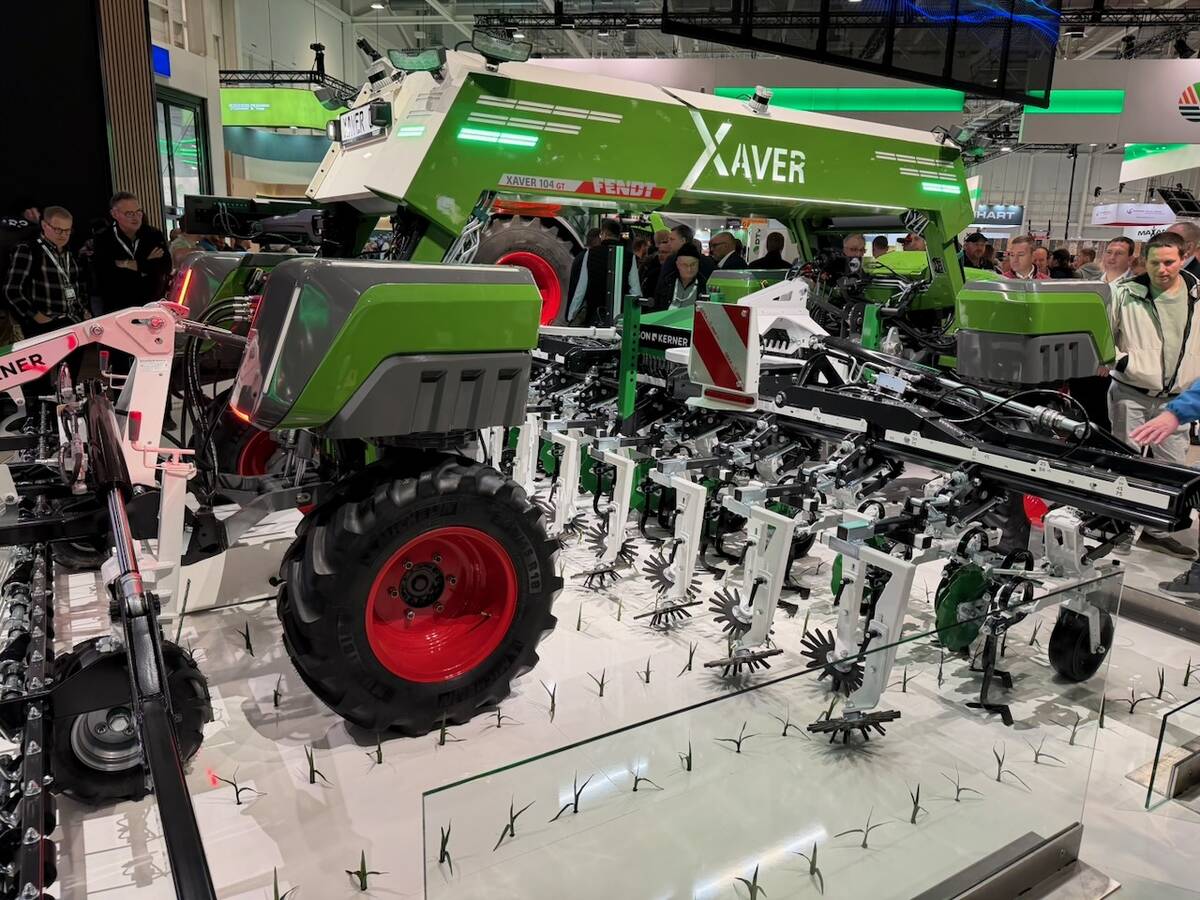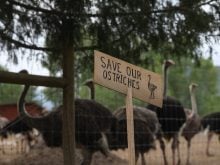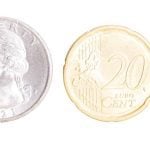Whether calving starts in the depths of the January deepfreeze or with the first shoots of April, it presents a challenging time for cattle producers.
Veterinarians say there are ways producers can improve the calving season for both man and beast.
Being prepared for those inevitable difficult births is one way to avoid late-night searches through kitchen drawers and shop walls for equipment.
“I keep a fishing tackle box with all the calving stuff that I use in it. I can always just grab it and go and I know I won’t be delayed or have the stress of making due at the last minute,” said Doug Bazinet, of Livestock Health Services in Steinbach, Man.
Read Also

VIDEO: Agritechnica Day 4: Robots and more robots, Nexat loves Canada and the trouble with tariffs
Agritechnica Day 4: Robots and more robots, Nexat loves Canada and the trouble with tariffs.
A Saskatchewan veterinarian agreed.
“With grain prices down and farmers under a lot of financial stress, it has never been more important to save every calf and reduce injury to every cow,” said Carmen Langevin, of Weyburn, Sask.
Langevin said producers should also pay attention to their own health and get proper sleep and nutrition and urged producers to take safety precautions.
“A halter and a leg rope will keep those sorts of injuries to a minimum. Better yet, two people are always better than one.”
Managing time
Veterinarian Carmen Millham, of Yorkton, Sask., said breeding schedules can influence birth timing.
“You can feed late in the day or in the evening and that will help with a few more animals calving during the day,” said Millham. He said studies have shown that late feeding moves average births from 50:50 birth ratio between day and night, to a 60:40 ratio.
“It isn’t a lot. But it helps.”
Producers should watch cows for signs of labor, he said.
Relaxed pelvic ligaments and the release of the cervical mucous plug are the first signs of imminent calving. The cow becomes restless, separates from the herd, the tail elevates, ground sniffing begins and persistent head turning could also tip off producers that a cow is ready to give birth. This behavior should last between three and 72 hours. If it goes on longer, producers should check the cow.
When to intervene
Millham recommends checks every 20 minutes once calving begins. If there is no progress every 20 minutes to half-hour, then there is likely a problem and the farmer should check inside the cow.
Keeping it clean
Bazinet said producers who need to reach inside the cow should wash hands and arms thoroughly and coat bare arms or sterile gloves in antibacterial soap, which sterilizes and lubricates.
If the calf is not moving within any 20-minute period and there appears little hope of movement, it is time to provide aid.
“Two people should be able to pull a calf without using the puller. If you are alone you may need to use the puller, otherwise you are probably pulling too fast and in too much of a hurry,” said Langevin.
Bazinet said half an hour to extract the head or tail is about right. The rest of the calf should follow in about 30 seconds.
Millham said rushing a birth can result in injury to calf and cow and could become an expensive mistake.
A calf emerging tail first should be pulled straight out to prevent its ribs from catching on the cow’s pelvis. Head-first presentations should be pulled straight back until the head and elbows are out and then downward.
If the calf is not moving or the progress is stopped with the calf in the birth canal, producers should call a veterinarian.
After the birth
Hanging a calf upside down does not drain lungs or prompt breathing. Veterinarians suggest scouring out every calf’s mouth and then pricking the nostrils with a straw.
If a heartbeat is present but the calf is not breathing, then artificial respiration is needed. Close the mouth and block one nostril and breathe into the unblocked nostril.
A check inside the cow after the calf has been born is necessary to ensure there are no twists or tears, usually in the top of the vagina.
Bazinet suggests that once the mother licks the calf clean, the calf should go into a hot box to dry.
After that, if the calf is slow to suckle then some previously frozen colostrum, warmed in water not a microwave oven, should be given.
This should take place within the first six hours, said veterinarians.














